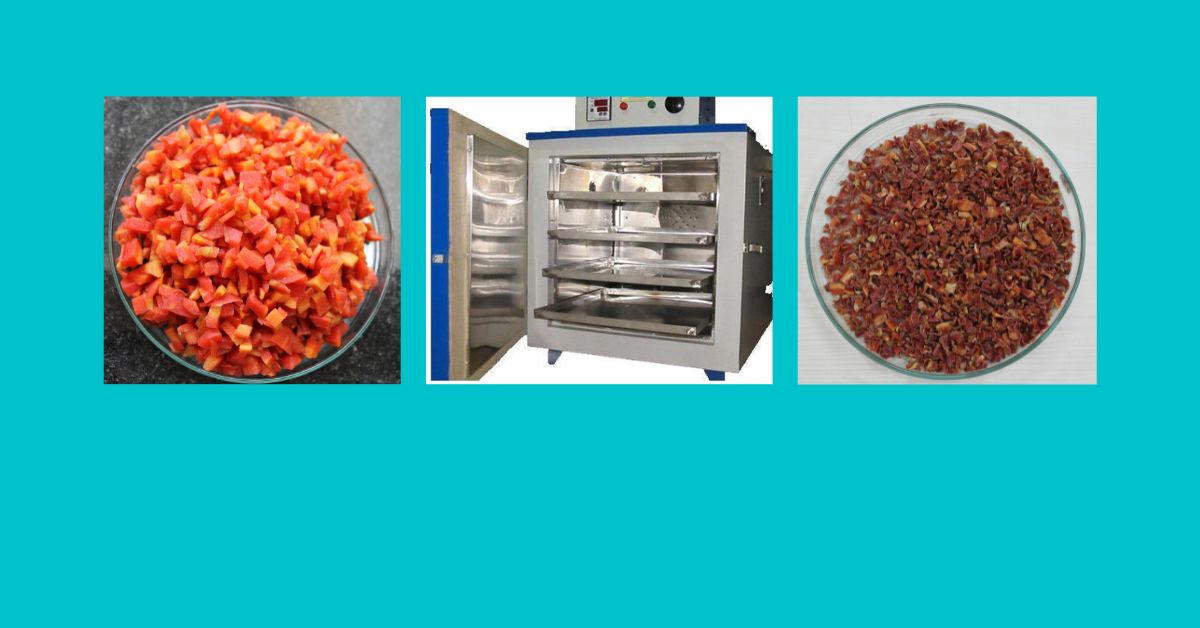Stress due to unfavorable environmental parameters is most closely responsible to affect livestock performance and health.
The purpose of animal housing is to provide comfort to them and therefore knowledge of physiological reactions of animals is important before designing structures for animal housing. These structures should provide enough ventilation, light; wind flow as these parameters affects normal living processes of livestock. The heat produced by animals should blow out from housing building for comfort of animals. The use of mechanical means may follow for achieving this task quickly and in easy manner.
Animal housing on farmstead is of different types depends on environmental condition of the place, region etc. Number of environmental parameters influenced animal physiological reactions. Parameters such as air temperature, wind flow, precipitation, radiation, humidity etc. are few of them.

As animals are always subjected to different climatic conditions and so affected by change in environment. it is advantageous to evaluate animal response to an index value which represents the combined thermal impact of the animal’s overall environment.
In general, the influence of this surrounding thermal environment can be defined in terms of effective ambient temperature (eat). Effective ambient temperature combines the different climatic events. Examples reported for livestock that affect an animal’s heat balance are Thermal radiation, humidity, air movement, contact surfaces (nature and temperature of the floor or other contact surfaces and precipitation (combination of low temperature, snow or rain, wind etc).
The overall effect of animal’s surrounding can be observed on their grazing habits, cardiorespiratory activities, milk production and milk composition in case dairy animals, body temperature of animal, feed as well as drinking water consumption etc.
All animals respond to their housing environment by regulating their feed intake, panting (Pant=to breathe quickly) and adjusting their water intake. Following responses can be observed from varying environmental conditions.
- Low temperature: Low temperatures increases feed consumption, reduce feed efficiency, and promote huddling in case of pigs and poultry.
- High temperature: High temperatures reduce feed consumption, decrease milk production and breeding efficiency.
- Relative humidity: Relative humidity less than 50% increases dust production while in case of above 80% fog may form during cold weather at outside. Also temperature effects are amplified at high temperatures.
- Air velocity: Increased air movement can be expected to provide relief against adverse effects of high temperatures up to approximately 37 oC; whereas increased air velocity magnified the adverse effects of low temperatures.
- Dust: Dust causes problems in operating heating and cooling equipment and controls in agricultural buildings. It also carries some of the odor in case of specific animal housing. Dust also increased chances of diseases of respiratory system.
- Light and sound levels: These should set to suit the operator/workers rather than the animals in an environmentally controlled unit. Some researchers studied the effects of light in poultry housing with the intent of producing more numbers of eggs by upsetting the daily clock and making the hen operate on a short day rather than the normal 24 hour day. Sound levels had also studied by casual observation which indicates that an animal becomes deaf to continuous and steady state noise. The result is that no response was shown from animals (preparing cow for milking or calling pigs to feeding equipment).
Related detail information can be read at ICAR E-Course by clicking below link




